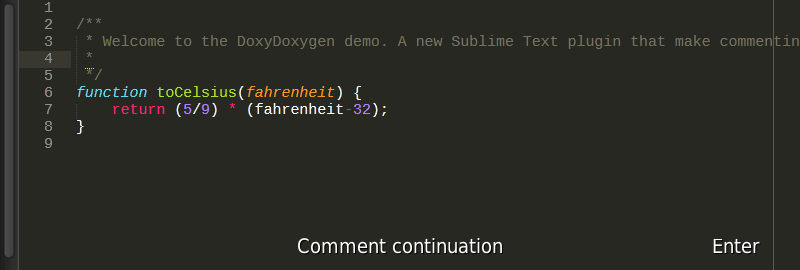Thanks. This recommendation cannot be applied directly.
I need to release a 1.0.0 first according Package Control Documentation
Package control not seem to highlight that a prerelease exist for a package.
Not really convenient for final users.
To find a package that implement this feature I have query the package control cache (may be because I miss something).
For example, this feature is used by “Rust Enhanced”.
{"sublime_text": ">=3000", "platforms": ["*"], "url": "https://codeload.github.com/rust-lang/sublime-rust/zip/v2.11.0", "version": "2.11.0", "date": "2018-04-22 11:21:44"},
{"sublime_text": ">=3000", "platforms": ["*"], "url": "https://codeload.github.com/rust-lang/sublime-rust/zip/v2.11.0-prerelease", "version": "2.11.0-prerelease", "date": "2018-04-22 11:21:44"},
{"sublime_text": ">=3000", "platforms": ["*"], "url": "https://codeload.github.com/rust-lang/sublime-rust/zip/v2.10.0", "version": "2.10.0", "date": "2018-03-02 11:16:28"},
{"sublime_text": ">=3000", "platforms": ["*"], "url": "https://codeload.github.com/rust-lang/sublime-rust/zip/v2.8.0", "version": "2.8.0", "date": "2018-01-28 16:20:50"},
{"sublime_text": ">=3000", "platforms": ["*"], "url": "https://codeload.github.com/rust-lang/sublime-rust/zip/v1.3.2", "version": "1.3.2", "date": "2017-05-04 19:22:33"},
{"sublime_text": ">=3000", "platforms": ["*"], "url": "https://codeload.github.com/rust-lang/sublime-rust/zip/v1.2.5", "version": "1.2.5", "date": "2017-03-16 12:35:12"},
In this example, I don’t understandand why “url” is different for “release” and “final version”
I also don"t understand the benefict of referencing old versions.
 )
)
